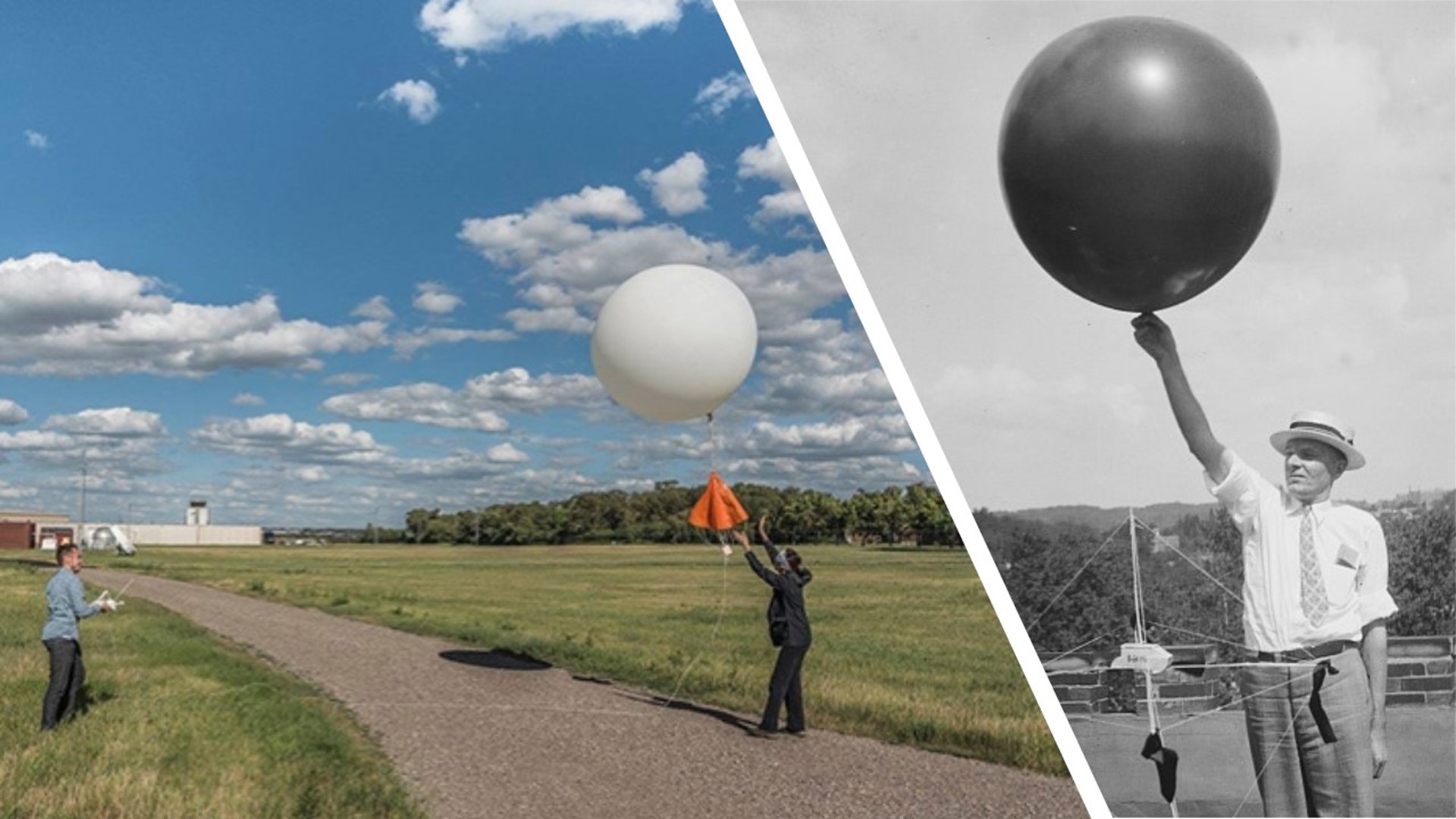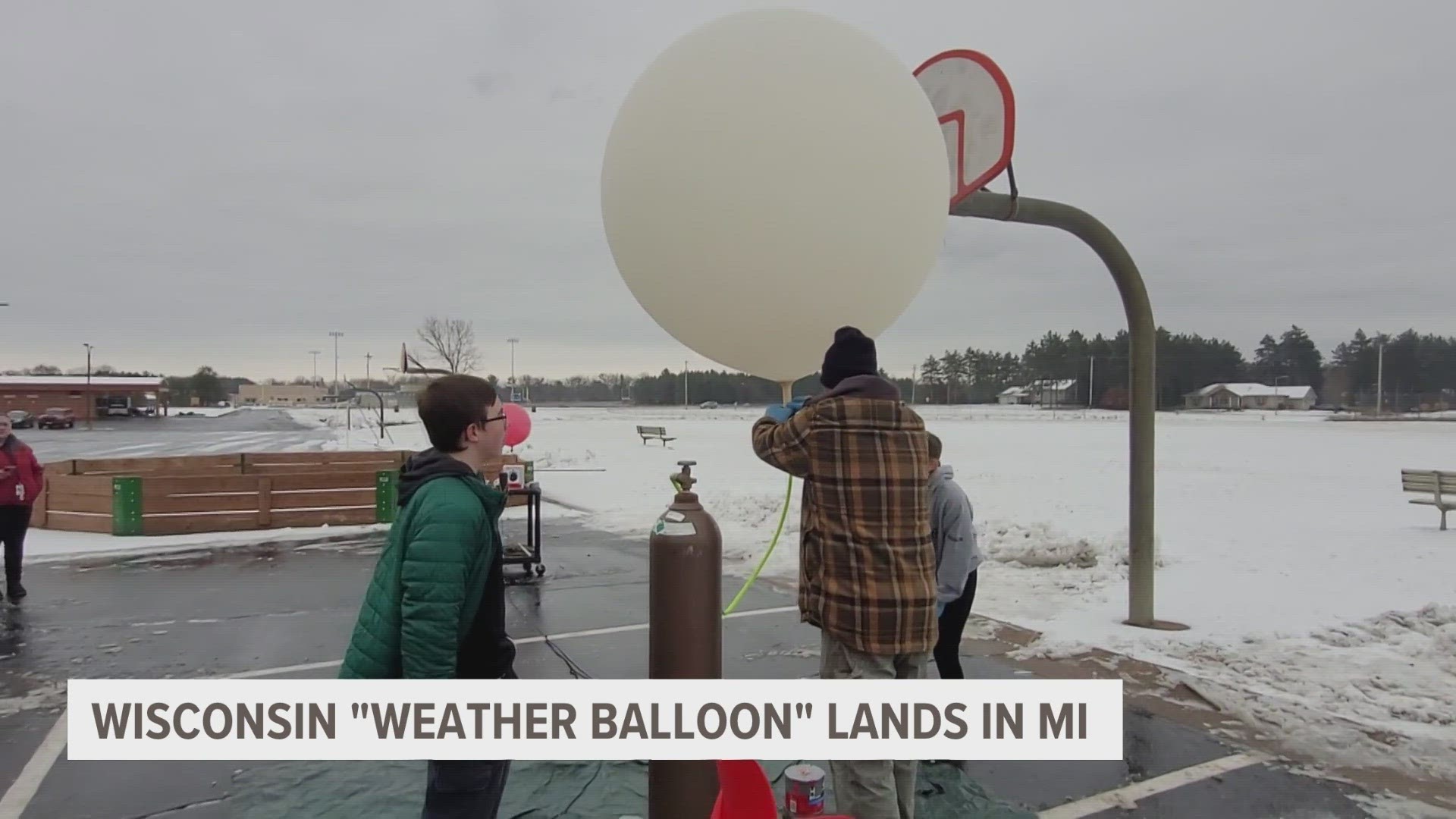Let’s talk about something a little different today: eco-friendly weather balloons. I got curious about how weather data is collected and stumbled into the world of these balloons. It turns out, they are a pretty big deal for weather forecasting, but the traditional ones? Not so great for the environment.

So, I started digging around. Apparently, meteorologists launch these things twice a day from hundreds of locations around the globe. That’s a lot of balloons! They go up into the atmosphere, measuring things like temperature, pressure, humidity, wind speed and direction. I found out that they can rise about four meters every second, taking two measurements every second, and collect data about every two meters. Seems they can get a really accurate read, way better than satellites in some ways.
But here’s the catch: most of these balloons are made of materials that don’t easily decompose. They end up as trash, and with so many being launched, that adds up.
I got to thinking, there’s gotta be a better way. I did some more research and found out about companies working on eco-friendly alternatives. These new balloons are designed to be biodegradable or made from sustainable materials. That sounded promising!
I decided I had to try one of these eco-friendly balloons myself. I found a company online that sold them and ordered a kit. When it arrived, I was pretty excited. The kit came with the balloon, a small instrument package (they call it a radiosonde), and instructions.
Following the instructions, I filled the balloon with helium. Then I launched it from my backyard. It was pretty cool to watch it float up into the sky. The radiosonde was sending data back to my computer, and I could see the temperature and pressure change as it went higher. They use some AI to improve weather prediction accuracy.

My Experiment with Eco-Friendly Weather Balloons
- Ordered an eco-friendly weather balloon kit.
- Read the instructions carefully.
- Filled the balloon with helium.
- Attached the radiosonde to the balloon.
- Launched the balloon from my backyard.
- Observed the data coming from the radiosonde on my computer.
- Tracked the balloon’s ascent until it was out of sight.
- Retrieved the balloon after it landed (they usually have a tracking system).
It was a simple experiment, but it was really satisfying to see a more sustainable way of collecting weather data in action. I don’t know if these eco-friendly balloons will completely replace the traditional ones anytime soon, but it’s a step in the right direction. It’s cool to see technology being used to help us understand our planet better while also trying to protect it.
Anyway, I thought I’d share my little adventure with you all. Maybe it’ll inspire you to look into some of the cool eco-friendly tech that’s out there. There’s a lot of interesting stuff happening! The world has lots of satellites, computers, mobile devices and wearables, and this just adds to it all!
